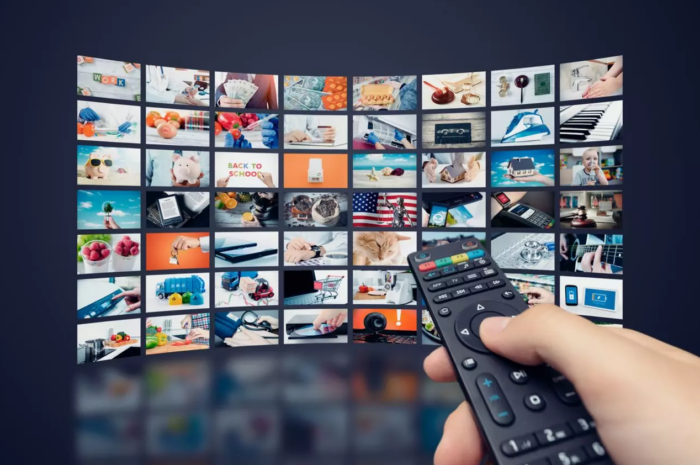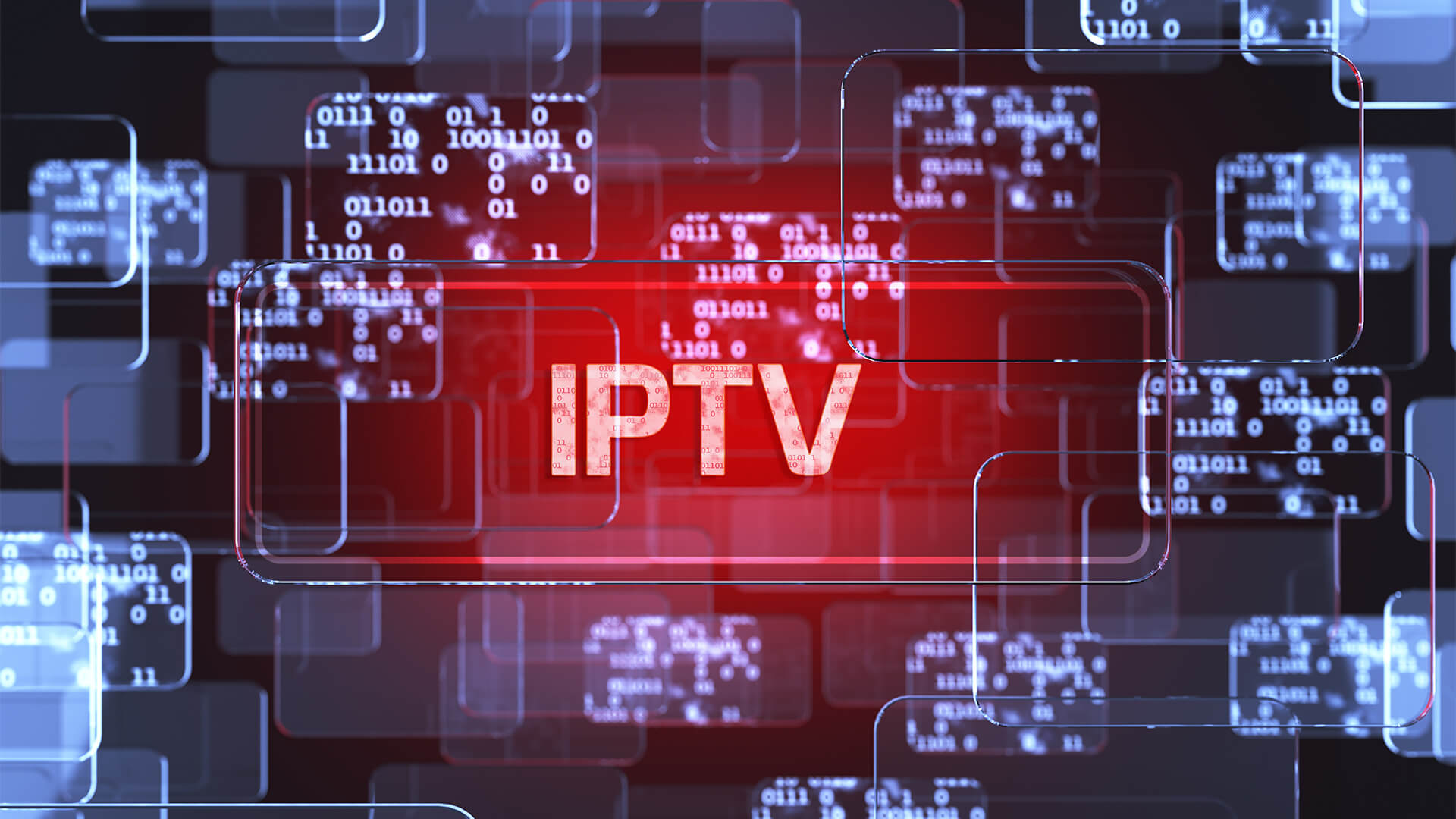In the ever-evolving world of media consumption, IPTV (Internet Protocol Television) has emerged as a significant player.
This technology allows users to receive TV programs via the internet, breaking away from traditional broadcasting methods like satellite or cable TV.
The appeal of IPTV lies in its ability to provide a more personalized and interactive viewing experience. However, a common question among potential users is whether IPTV is truly cost-effective. Let’s dive into the economics of IPTV and assess its financial implications for the average consumer.
Understanding IPTV and Its Cost Structure

IPTV delivers television content over the internet, enabling a more personalized viewing experience. Unlike traditional TV that offers scheduled broadcasts, IPTV allows viewers to stream their favorite shows and channels on demand. This digital shift is changing how audiences interact with media, offering them more control over what, when, and how they watch.
When evaluating the cost-effectiveness of IPTV, it’s important to consider the initial setup and ongoing subscription fees. Many IPTV providers offer packages that include a vast array of channels at a fraction of the cost of traditional cable services. Additionally, since IPTV requires only an internet connection, users can eliminate the need for cable installation fees or satellite dishes.
The comparison between smart IPTV and traditional TV costs reveals some interesting insights. Traditional satellite or cable TV packages often include hefty fees for channel bundles, many of which may not be of interest to the consumer.
IPTV, on the other hand, frequently offers more tailored packages and the ability for users to subscribe to specific channels or shows, potentially reducing unnecessary spending.
The Hidden Costs of IPTV
While IPTV can be more cost-effective in terms of subscription fees, there are hidden costs that consumers should consider. These include the costs associated with high-speed internet required to stream content smoothly and the potential need for additional hardware.
Streaming content requires a stable and fast internet connection, which might mean that users need to upgrade their existing internet plan. This can lead to higher monthly costs, which should be factored into the overall assessment of its cost-effectiveness.
Some IPTV services might require specific hardware such as set-top boxes or additional software for enhanced viewing experiences. These requirements can add upfront costs, which might offset the savings made on subscription fees.
Long-Term Benefits and Savings

It allows users to tailor their viewing experience more closely to their preferences, potentially leading to greater satisfaction and less wasted expenditure on unwanted content. This personalization is one of the key factors that can contribute to long-term savings.
Another advantage of IPTV is its scalability and ease of updates. Traditional TV systems require physical modifications or technician visits to upgrade, while IPTV can be updated or modified through software changes.
This not only makes it easier to maintain and upgrade but also reduces long-term costs associated with newer technology and services.
Conclusion
In conclusion, IPTV offers a compelling alternative to traditional TV broadcasting methods, with a cost structure that can lead to savings, particularly in the long term. However, potential users should consider all aspects, including initial setup costs, the necessity for high-speed internet, and additional hardware requirements.
By doing so, consumers can make a well-informed decision about whether IPTV truly offers a cost-effective solution for their entertainment needs.







